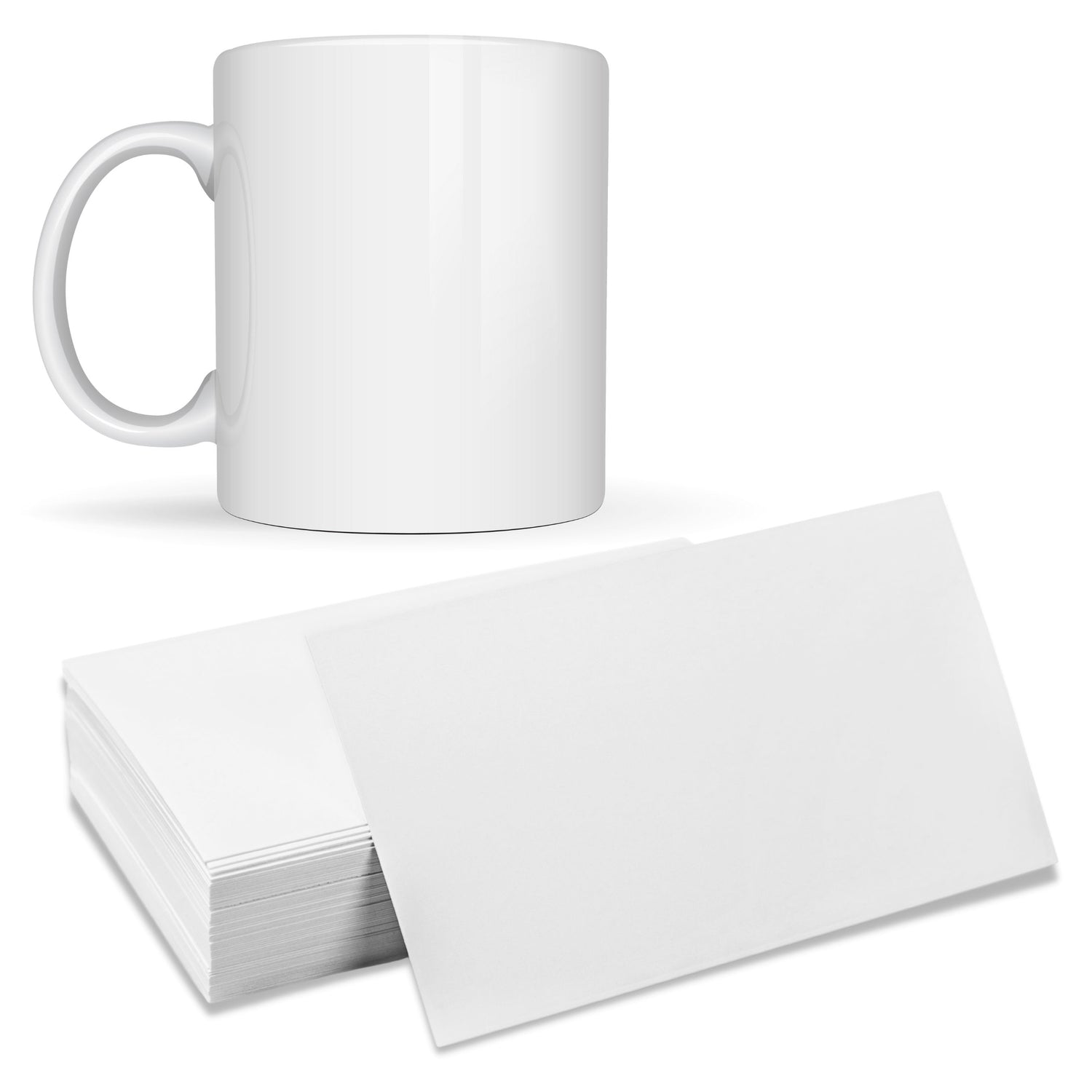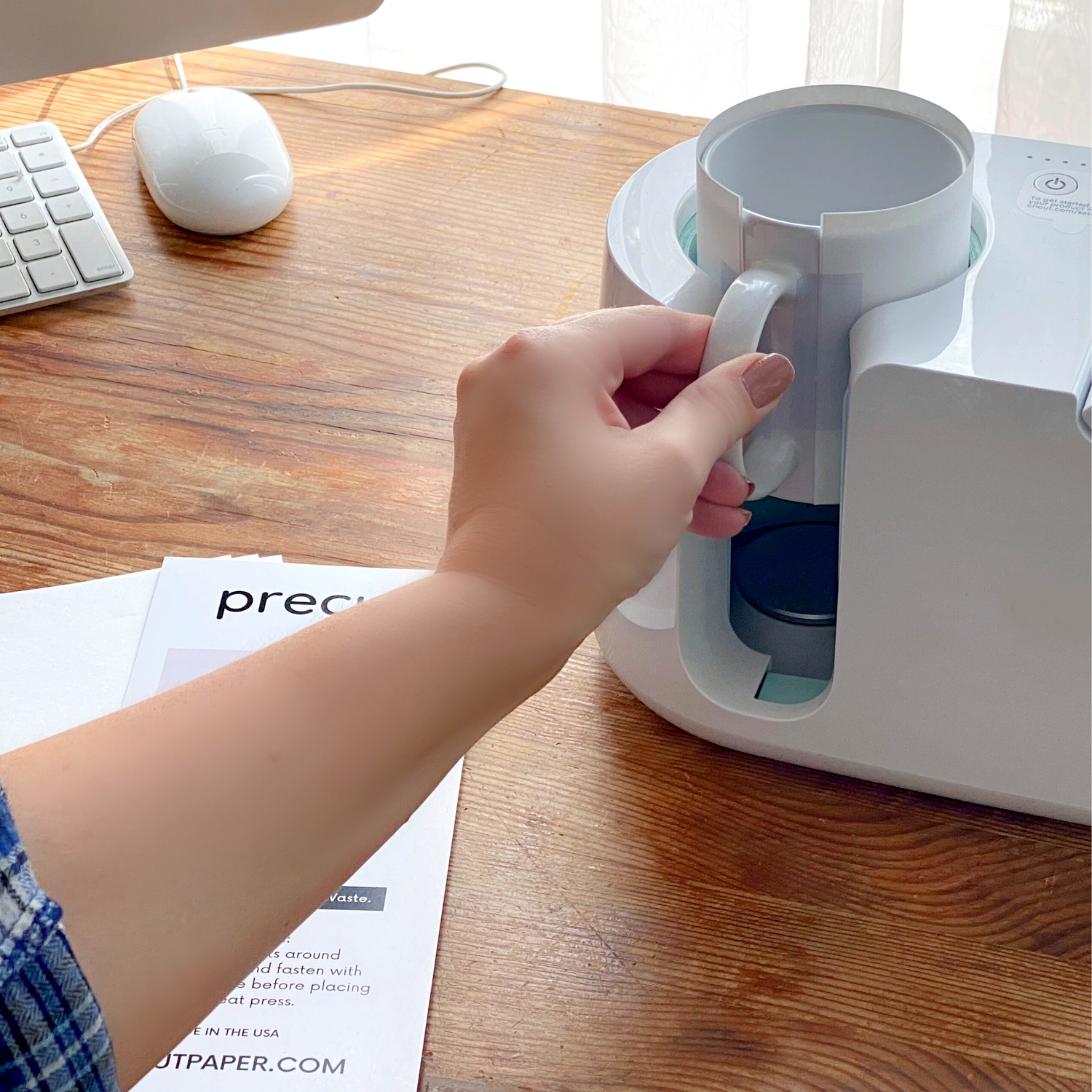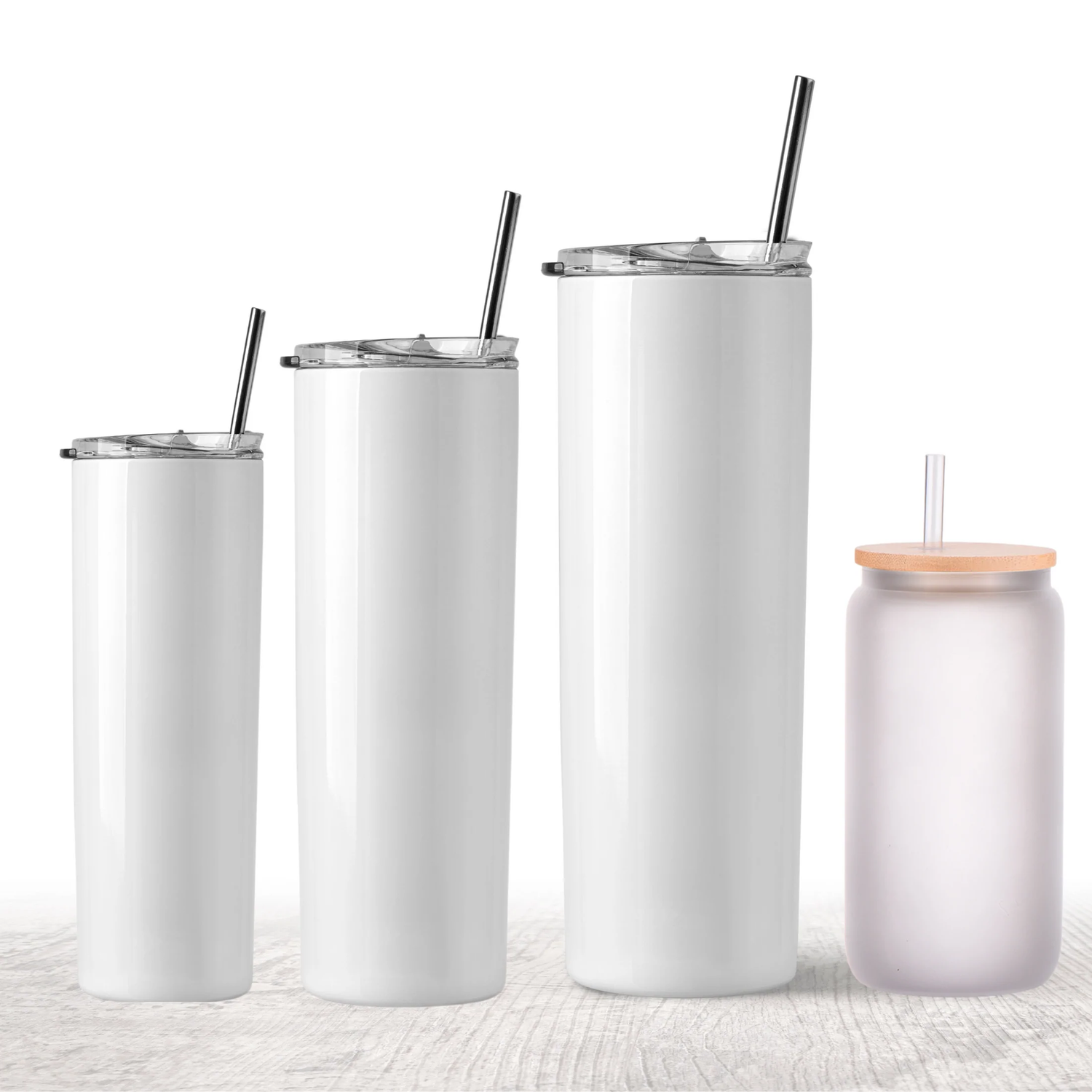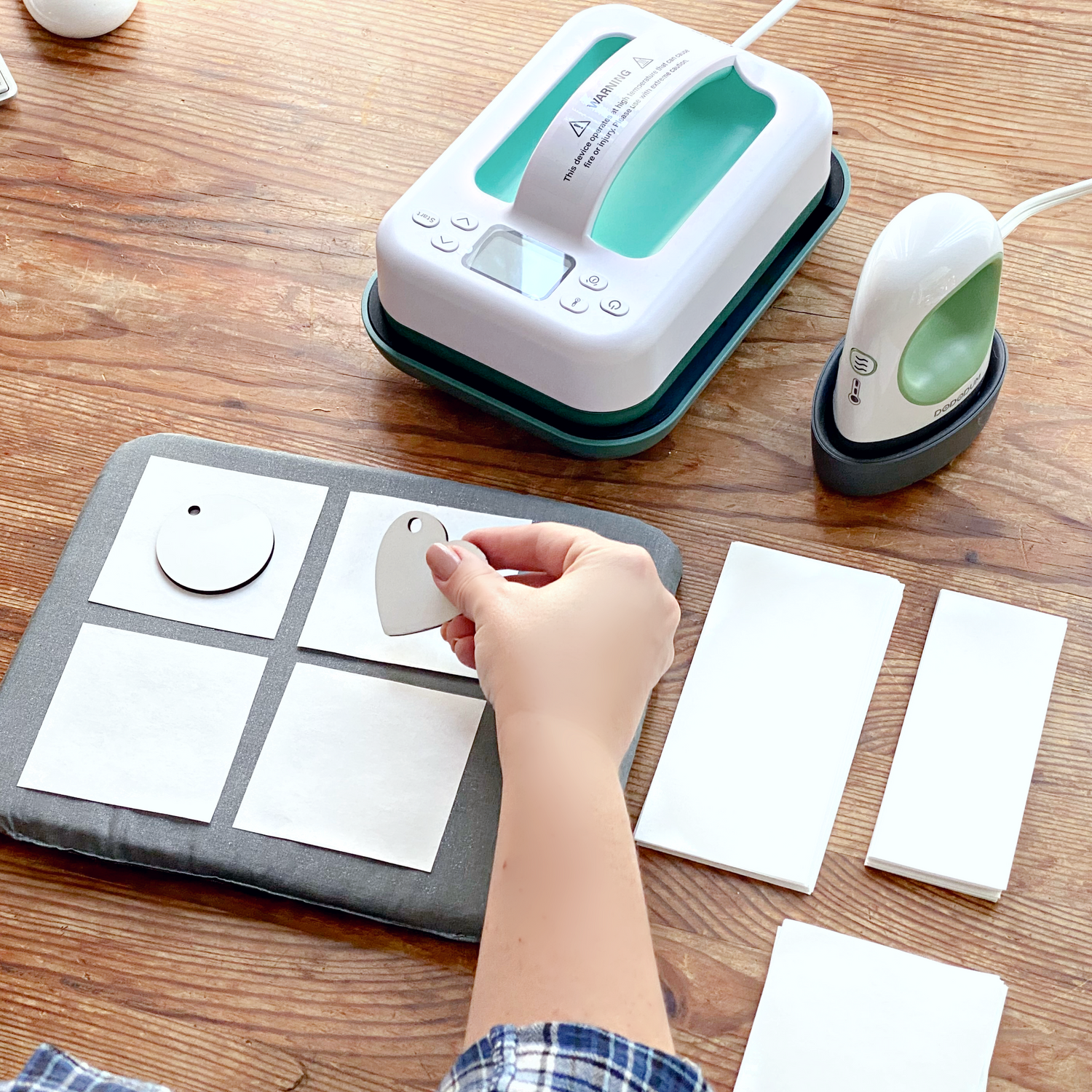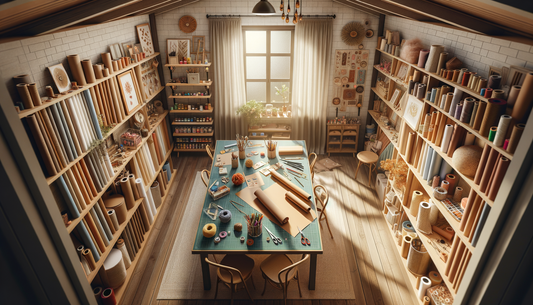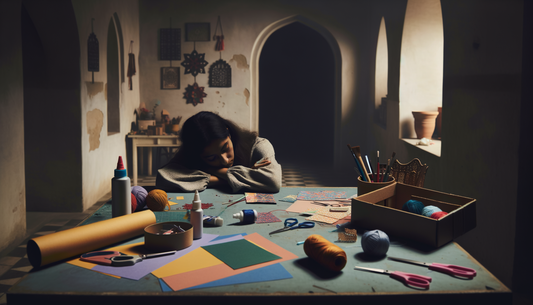
Design Like a Pro: Creating Stunning Sublimation Graphics
Great sublimation starts with great design. You can have perfect temperature settings and premium materials, but if your design isn't optimized for sublimation, your final product won't reach its full potential. The good news? With the right knowledge and tools, anyone can create designs that look professionally made.
Sublimation printing has unique characteristics that differ from regular printing or even other heat transfer methods. Understanding these differences and designing accordingly is what separates amateur-looking crafts from stunning, professional results that people assume came from a high-end custom shop.
Understanding Sublimation Color Behavior
The RGB vs CMYK Challenge
Most design software defaults to RGB color mode (Red, Green, Blue) because it's designed for screens. However, sublimation printing uses CMYK (Cyan, Magenta, Yellow, Black) inks. This difference can cause unexpected color shifts between what you see on screen and your final product.
Pro Solution: Work in CMYK mode when possible, or at minimum, do test prints of color-critical projects before committing to final materials.
Color Vibrancy and Saturation
Sublimation inks can appear more vibrant than traditional inks because they become part of the substrate rather than sitting on top. This means:
- Bright colors become incredibly vivid
- Dark colors may appear richer than expected
- Gradients and color blends are smooth and professional-looking
- White areas rely on the substrate color (no white sublimation ink exists)
The "No White Ink" Reality
This is crucial: sublimation doesn't include white ink. White areas in your design will be the color of your substrate. This limitation becomes a creative opportunity when you understand how to work with it:
- Use white text on colored backgrounds
- Design with the substrate color in mind
- Create negative space designs
- Consider colored substrates for different effects
Resolution and File Format Essentials
Resolution Requirements
For sharp, professional results:
- Minimum: 150 DPI for large items (like shirts)
- Recommended: 300 DPI for most projects
- Optimal: 300-600 DPI for small items with fine detail
Lower resolution creates pixelated, amateur-looking results that immediately scream "homemade" in a bad way.
Best File Formats
- PNG: Best for designs with text or solid colors
- JPEG: Good for photographic images
- PDF: Excellent for vector-based designs
- SVG: Perfect for logos and scalable graphics
Software Options for Every Budget
Free Options
Canva: User-friendly with templates, though limited in advanced features. Great for beginners who need quick, attractive designs.
GIMP: Free alternative to Photoshop with powerful editing capabilities. Steeper learning curve but professional results possible.
Inkscape: Free vector graphics editor, excellent for logos and scalable designs.
Budget-Friendly Paid Options
Canva Pro: Enhanced features, more templates, background removal tools.
Adobe Creative Cloud Photography Plan: Includes Photoshop and Lightroom at a reasonable monthly cost.
Professional Tools
Adobe Creative Suite: Industry standard with Photoshop, Illustrator, and InDesign.
CorelDRAW: Popular with sublimation professionals, excellent vector tools.
Silhouette Studio Designer Edition: Great for crafters who also use cutting machines.
Design Principles for Sublimation Success
Sizing and Scaling
Always design at the actual size you'll print, or use precise scaling ratios. Enlarging small designs often results in pixelation, while shrinking large designs wastes resolution.
Bleed Areas: Add at least 0.125" bleed around your design edges to account for slight positioning variations during heat pressing.
Typography Considerations
- Minimum Text Size: 12pt for body text, 8pt absolute minimum for fine print
- Font Choices: Sans-serif fonts generally transfer more cleanly than decorative scripts
- Stroke Width: Avoid very thin lines that might not transfer completely
- Color Contrast: Ensure sufficient contrast between text and background
Working with Photographs
Sublimation excels at reproducing photographs, but preparation is key:
Image Selection: Choose high-contrast photos with good lighting. Avoid dark, muddy images that will transfer poorly.
Color Correction: Adjust brightness, contrast, and saturation for sublimation's characteristics. Colors often appear more saturated after sublimation.
Background Considerations: Remember that white backgrounds will be the substrate color. Consider removing backgrounds or choosing images that work with your substrate.
Creating Designs That Work
Understanding Your Canvas
Different substrates affect design choices:
Apparel: Consider how the design will look when worn. Avoid designs that stretch awkwardly across seams or curves.
Mugs: Account for the curved surface. Text and images may appear slightly distorted.
Hard Surfaces: Perfect for detailed designs and photographs.
Design Layout Tips
Rule of Thirds: Position key elements along imaginary lines that divide your design into thirds.
White Space: Don't fill every inch. White space (substrate color) helps designs breathe and look professional.
Focal Points: Create clear hierarchy with one main focal point and supporting elements.
Color Palette Strategies
Monochromatic: Using shades of one color creates sophisticated, cohesive designs.
Complementary: Colors opposite on the color wheel create vibrant, eye-catching combinations.
Triadic: Three colors equally spaced on the color wheel offer balance and vibrancy.
Mirroring: The Critical Step
Always mirror (flip horizontally) your designs before printing. This is especially crucial for:
- Text
- Logos with directional elements
- Asymmetrical designs
- Anything that would look wrong backwards
Most sublimation software includes an automatic mirror function, but always double-check before printing.
Testing and Calibration
Color Testing
Create a test sheet with:
- Color swatches of your most-used colors
- Sample text in various sizes
- Gradient examples
- Photo samples
Press this onto your most common substrate and keep it as a reference for future projects.
Substrate-Specific Adjustments
Different substrates may require design modifications:
- Darker substrates need lighter, brighter colors
- Textured surfaces may blur fine details
- Curved surfaces might distort certain design elements
Common Design Mistakes to Avoid
Oversized Designs: Bigger isn't always better. Leave breathing room around your design.
Too Many Fonts: Stick to 2-3 fonts maximum for professional cohesion.
Poor Photo Quality: Blurry or low-resolution photos will only look worse after sublimation.
Ignoring Substrate Color: Designs must work with the base color of your material.
Cluttered Layouts: Clean, simple designs often have more impact than busy, complex ones.
Building Your Design Library
Organization Tips
- Create folders by project type (apparel, mugs, etc.)
- Keep original files separate from print-ready versions
- Name files descriptively with dimensions and dates
- Back up your work regularly
Template Creation
Develop templates for your most common projects:
- Standard t-shirt design areas
- Mug wrap templates
- Coaster layouts
- Phone case dimensions
Having templates speeds up your workflow and ensures consistent positioning.
Inspiration and Trends
Where to Find Inspiration
- Pinterest boards specific to sublimation
- Instagram hashtags like #sublimationdesign
- Design trend websites
- Your target market's interests and needs
Staying Current
Design trends change regularly. What's popular today might look dated next year. Balance trendy elements with timeless design principles for projects that remain appealing longer.
Technical Tips for Better Results
File Preparation Checklist
- Correct resolution (300 DPI minimum)
- Proper color mode (CMYK when possible)
- Mirrored for printing
- Appropriate bleed areas
- Text converted to outlines (for vector files)
Print Settings
- Use highest quality print settings
- Select appropriate paper type in printer settings
- Ensure ink levels are adequate for consistent color
- Clean print heads regularly
Growing Your Design Skills
Practice Regularly: The more you design, the better your instincts become.
Study Successful Designs: Analyze what makes certain designs appealing and effective.
Take Online Courses: Platforms like Skillshare, Udemy, and YouTube offer design tutorials.
Join Design Communities: Connect with other designers for feedback and inspiration.
Creating designs that truly shine in sublimation is a skill that develops over time. Start with simple projects, focus on the fundamentals, and gradually expand your complexity as your skills grow. Remember, even the most elaborate design won't save poor sublimation technique, but a simple, well-designed graphic with proper sublimation execution will always look professional.
Ready to elevate your designs? Download our Design Checklist and Color Reference Guide, complete with templates for popular substrates and troubleshooting tips for common design challenges.
What's been your biggest design challenge in sublimation?

